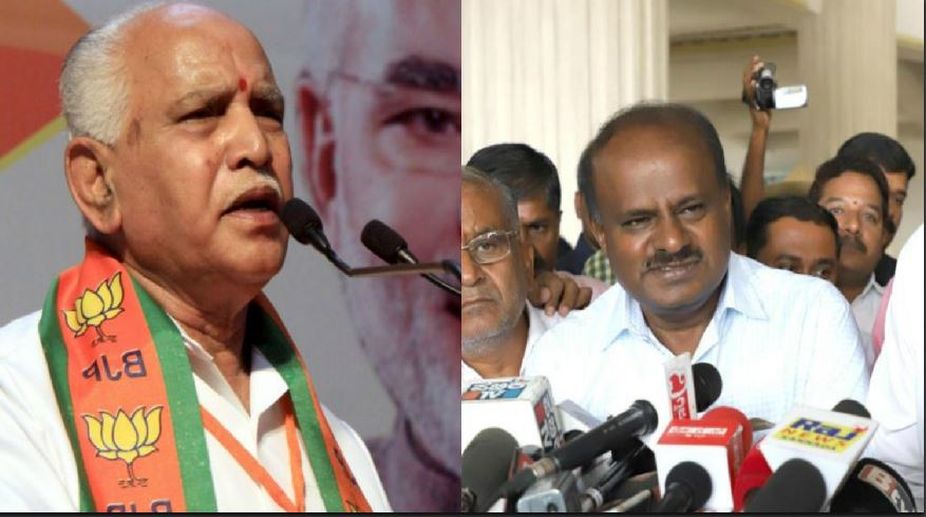Hate speech: BJP leader George seeks time to appear before police
George on Saturday requested the police for an extension until February 24 to appear before them for investigation in connection with the case.
JD(S) and Congress are citing the examples of Goa and Manipur, where BJP could form the governments even as it was not the single largest party.

(Photo: Facebook/IANS_
Even as the fate of Karnataka’s new government hangs in suspense, the race to stake claim for the government is, however, underway.
With Janata Dal-Secular accepting support from Congress to form the government and Bharatiya Janata Party (BJP) emerging as a single largest party in the Karnataka elections, the race to get Governor Vajubhai Rudabhai Vala’s invite to form government has intensified.
Advertisement
As per the final tally, the BJP has won 104 seats, Congress 78, JD(S) 38 seats and two seats went to others. The elections took place for 222 seats in the 224 member House.
Advertisement
What is the role of Governor?
As per constitutional provision, when there is a fractured mandate in state assembly elections, the Governor invites the single largest party to form government.
The role and option of the Governor is decided by the Sarkaria Commission recommendations, which a Constitutional Bench of the Supreme Court had certified in the Rameshwar Prasad vs Union of India case in 2005.
The Commission lists out the steps the Governor should follow regarding who he/she can invite to form the government in the event of a fractured mandate.
JD(S) and Congress are citing the examples of Goa and Manipur, where BJP could form the governments even as it was not the single largest party.
In Goa, after winning 13 seats in the state election, the BJP approached the governor Governor Mrudla Sinha first and staked claim to form the government with support of 13 newly elected MLAs. Congress had won 17 seats but could not to form the government, as 21 seats are needed to form the government in the 40-member Assembly.
In Manipur, although Congress won 28 seats, the BJP with 21 seats formed the government with the support from Naga People’s Front (4 seats), National People’s Party (4 seat), LJP (1 seat) and Independent, thus crossing the half-way mark of 30 in the 60-member House to form the government.
Advertisement